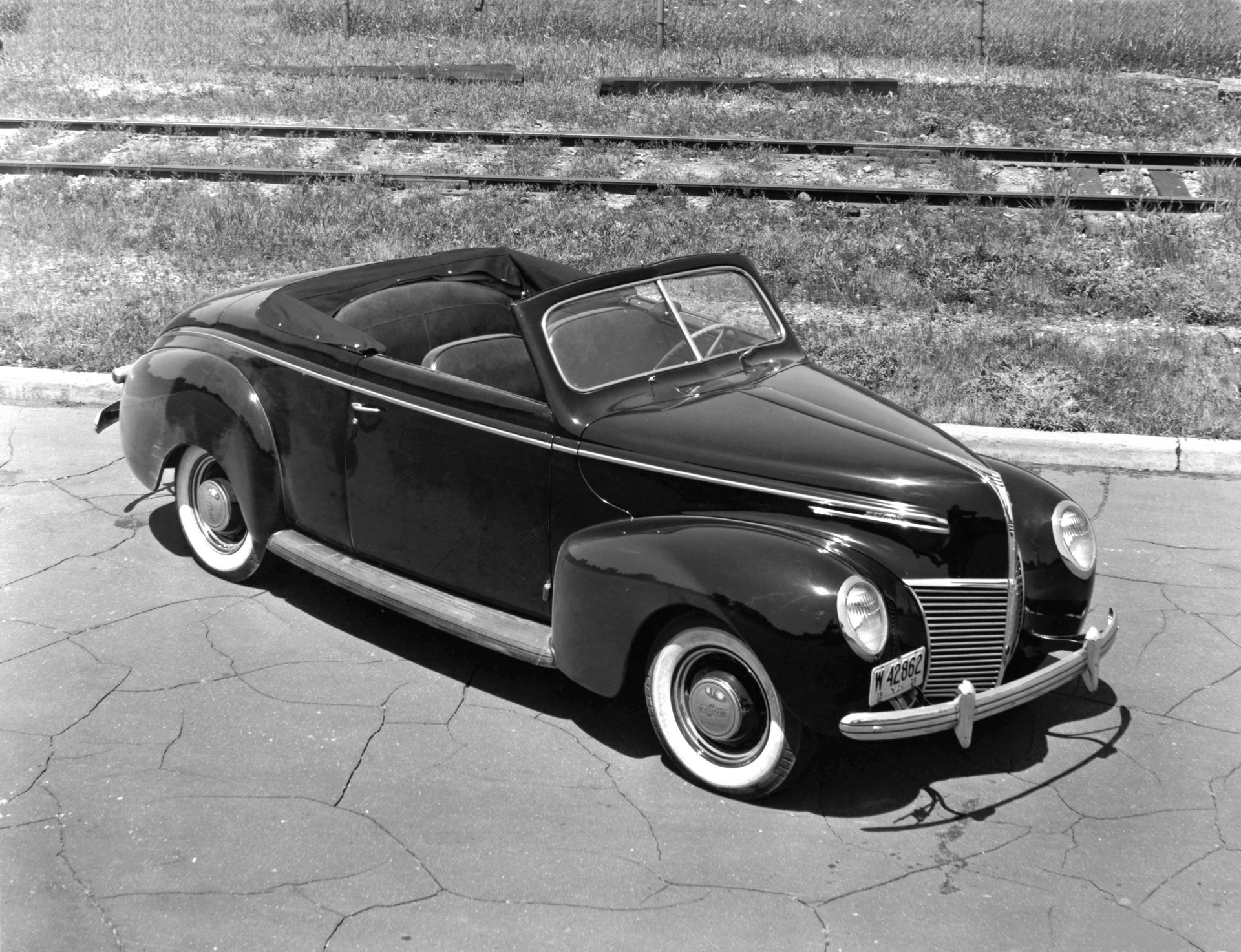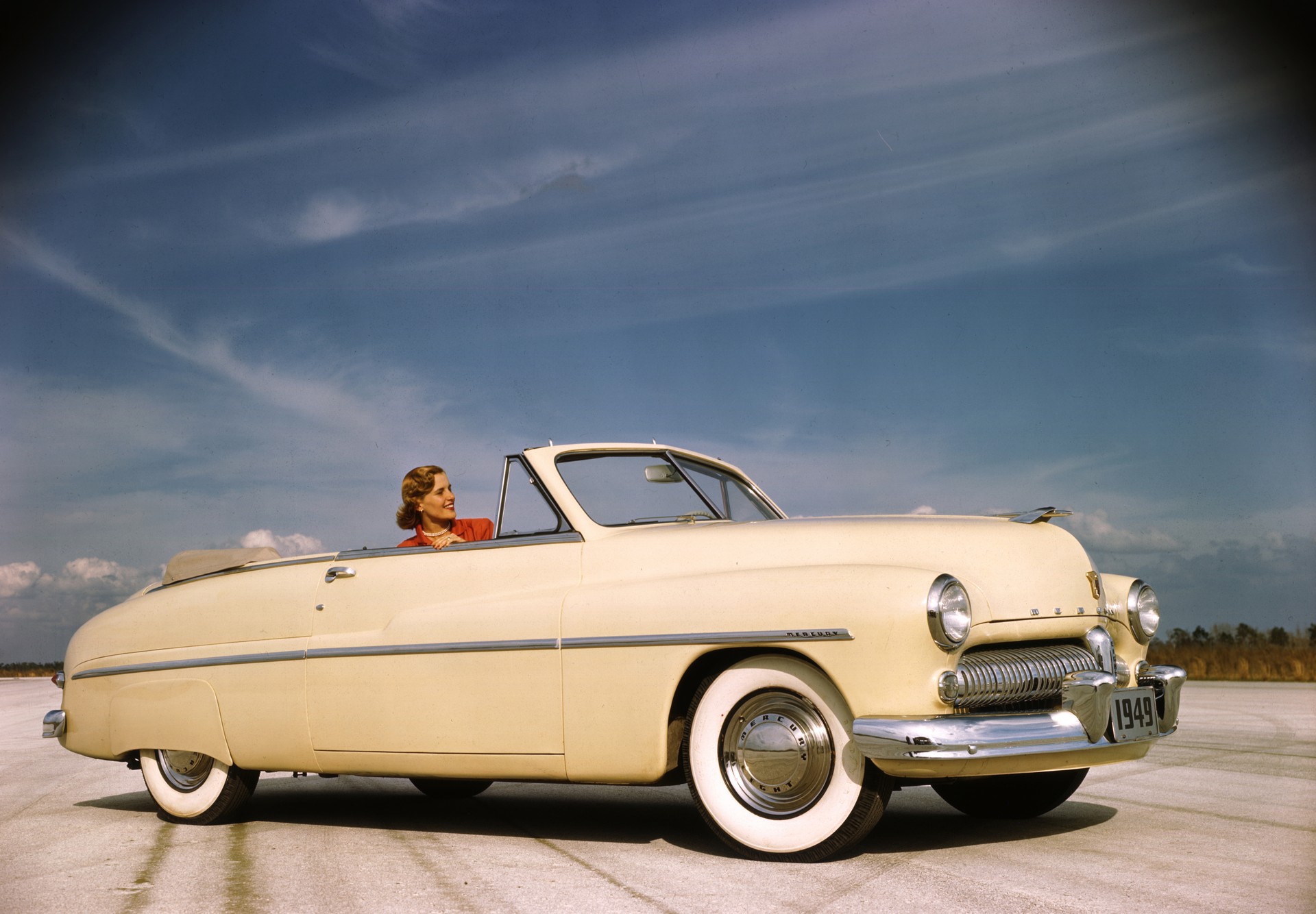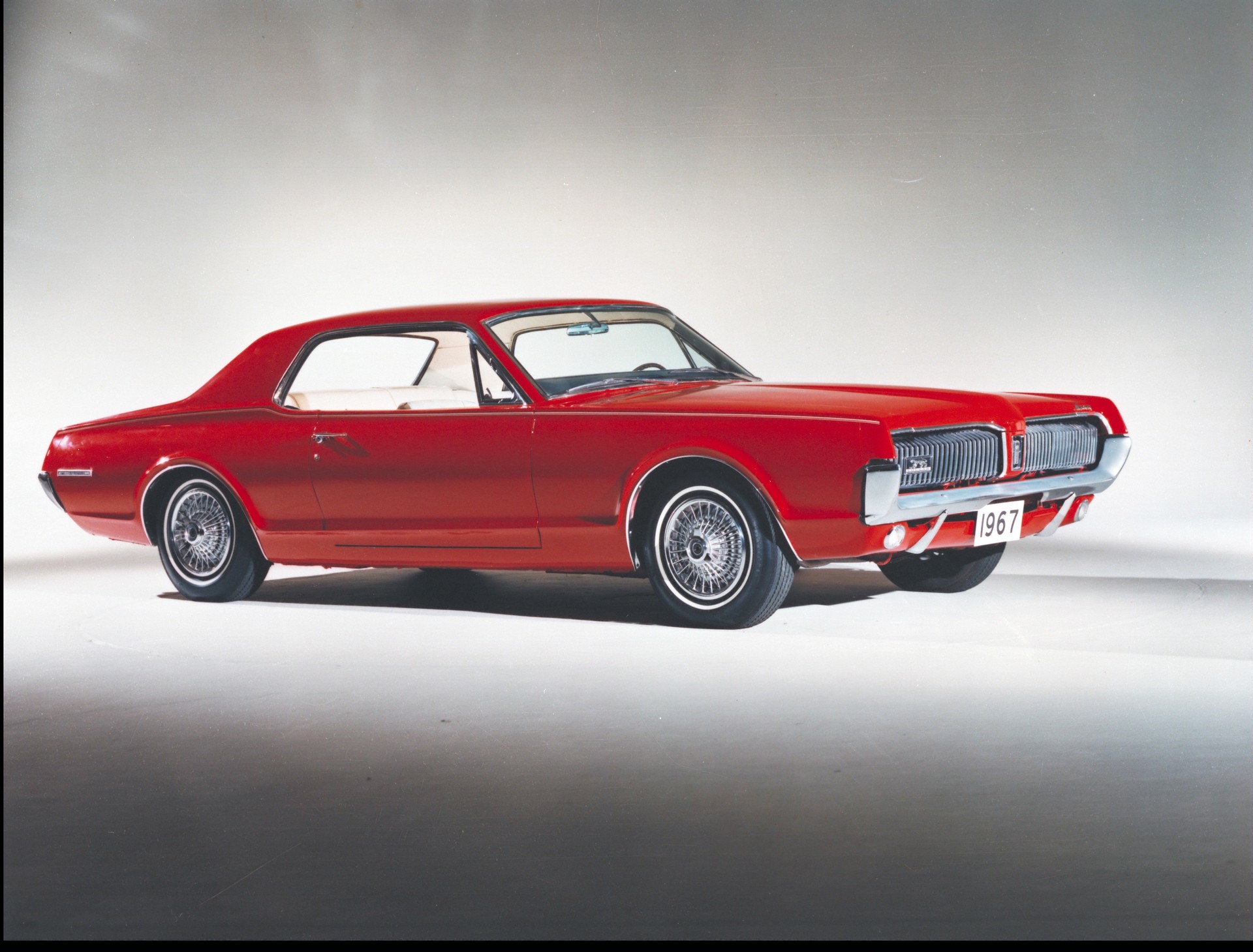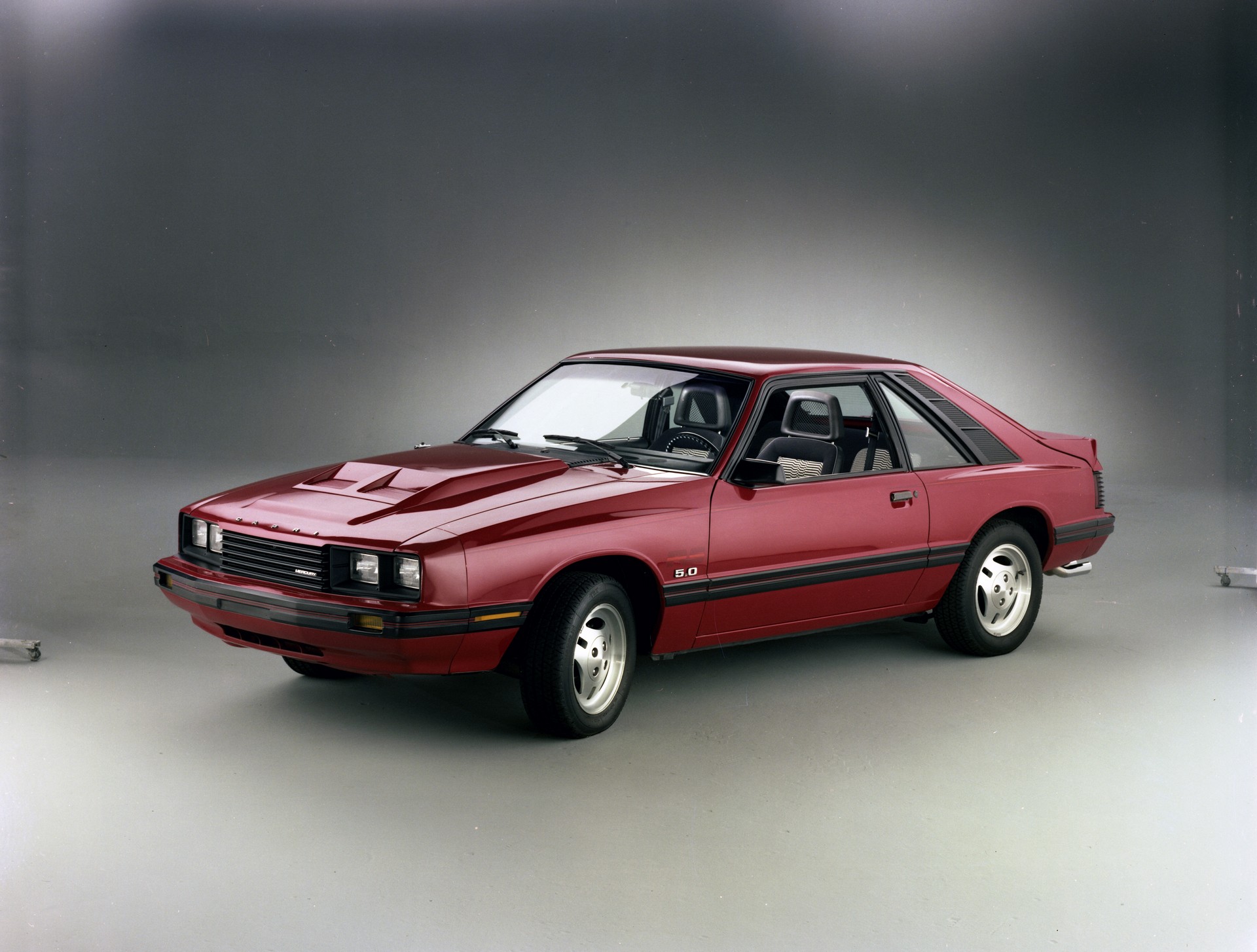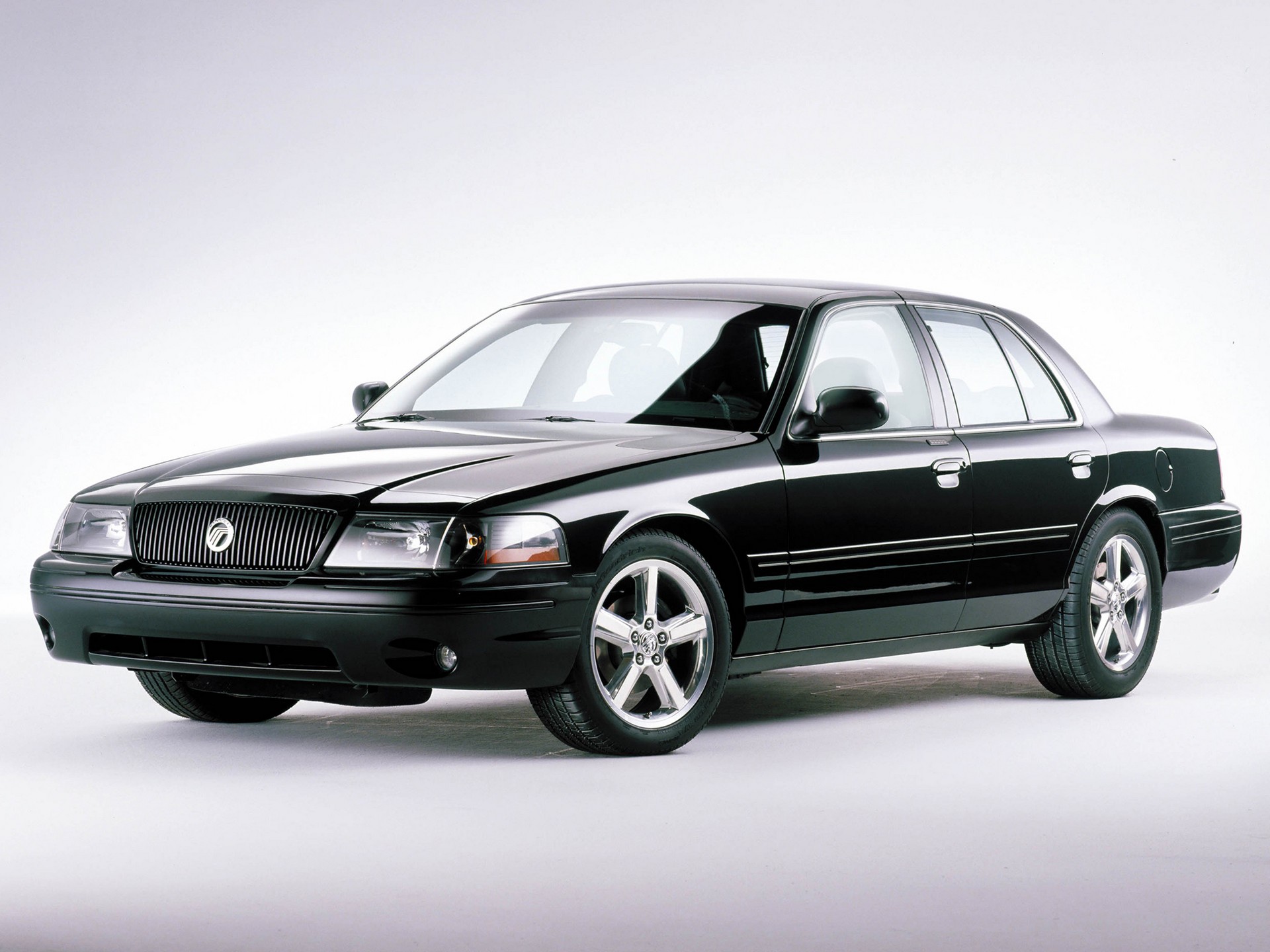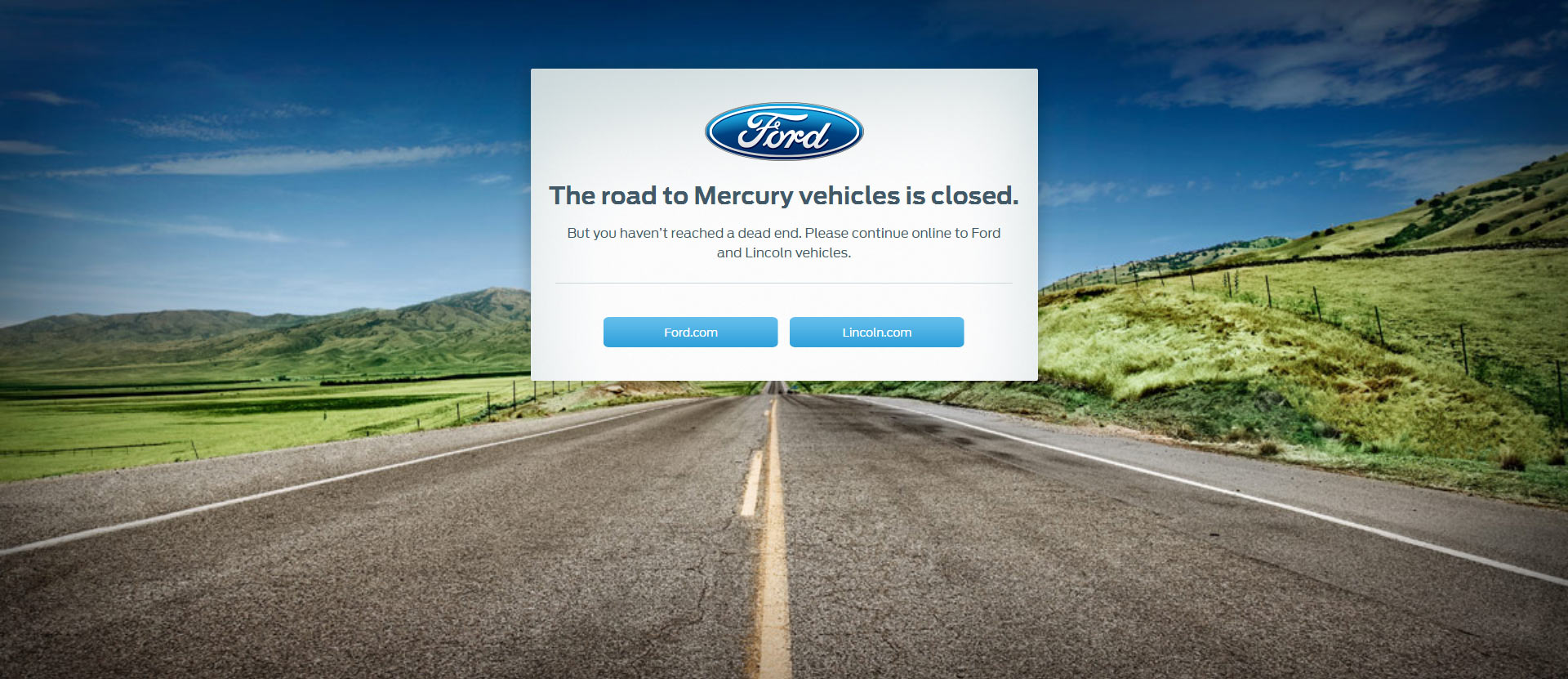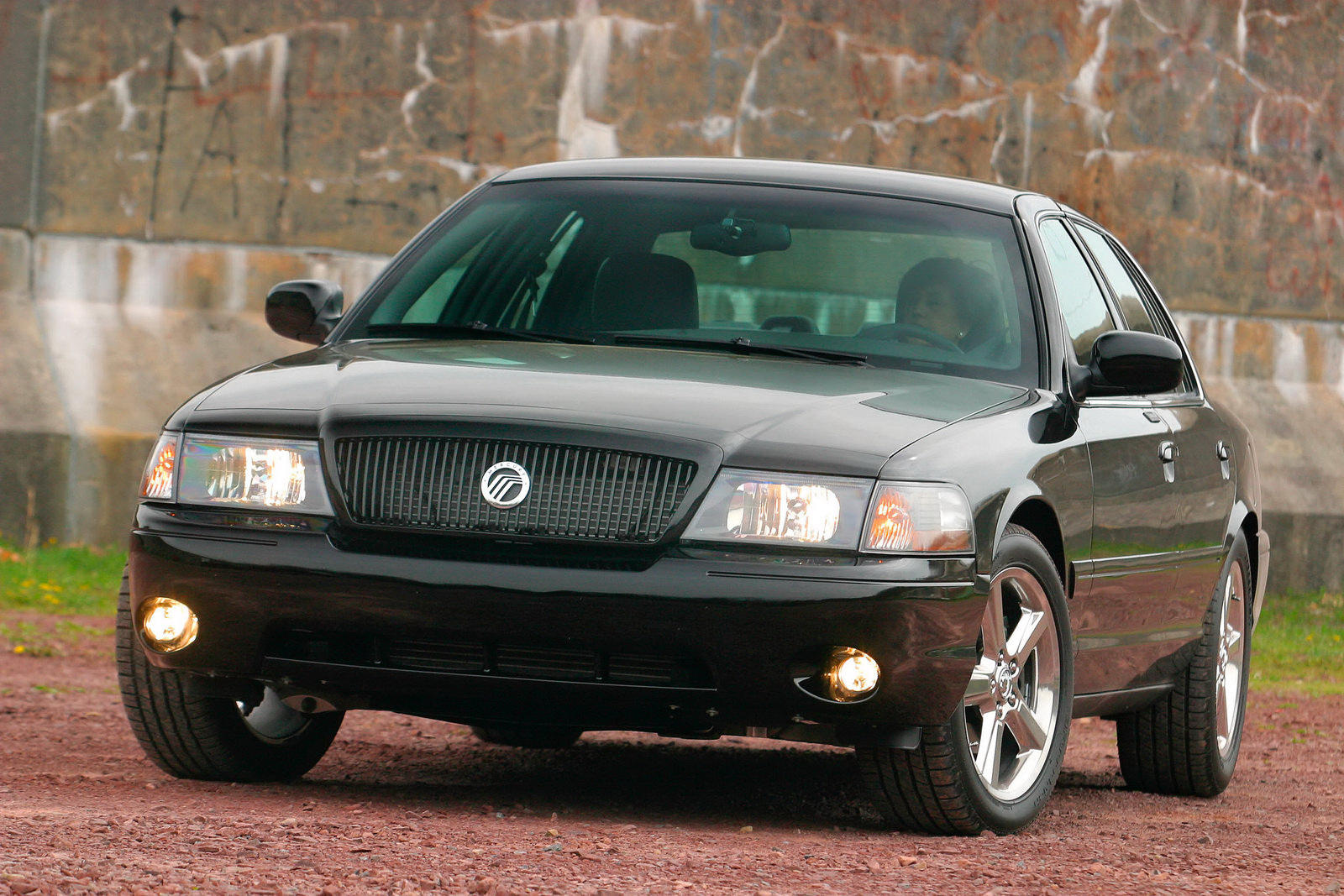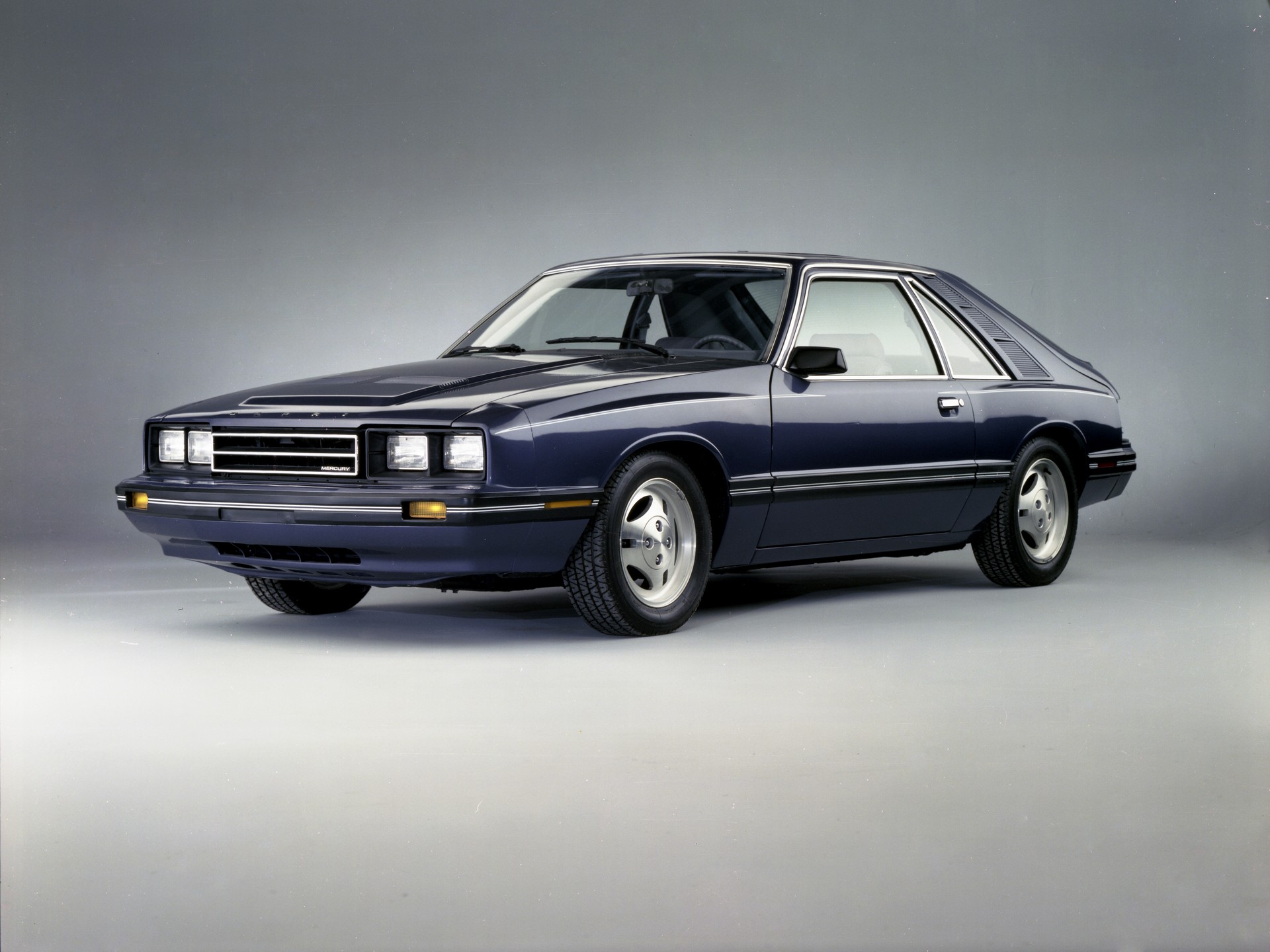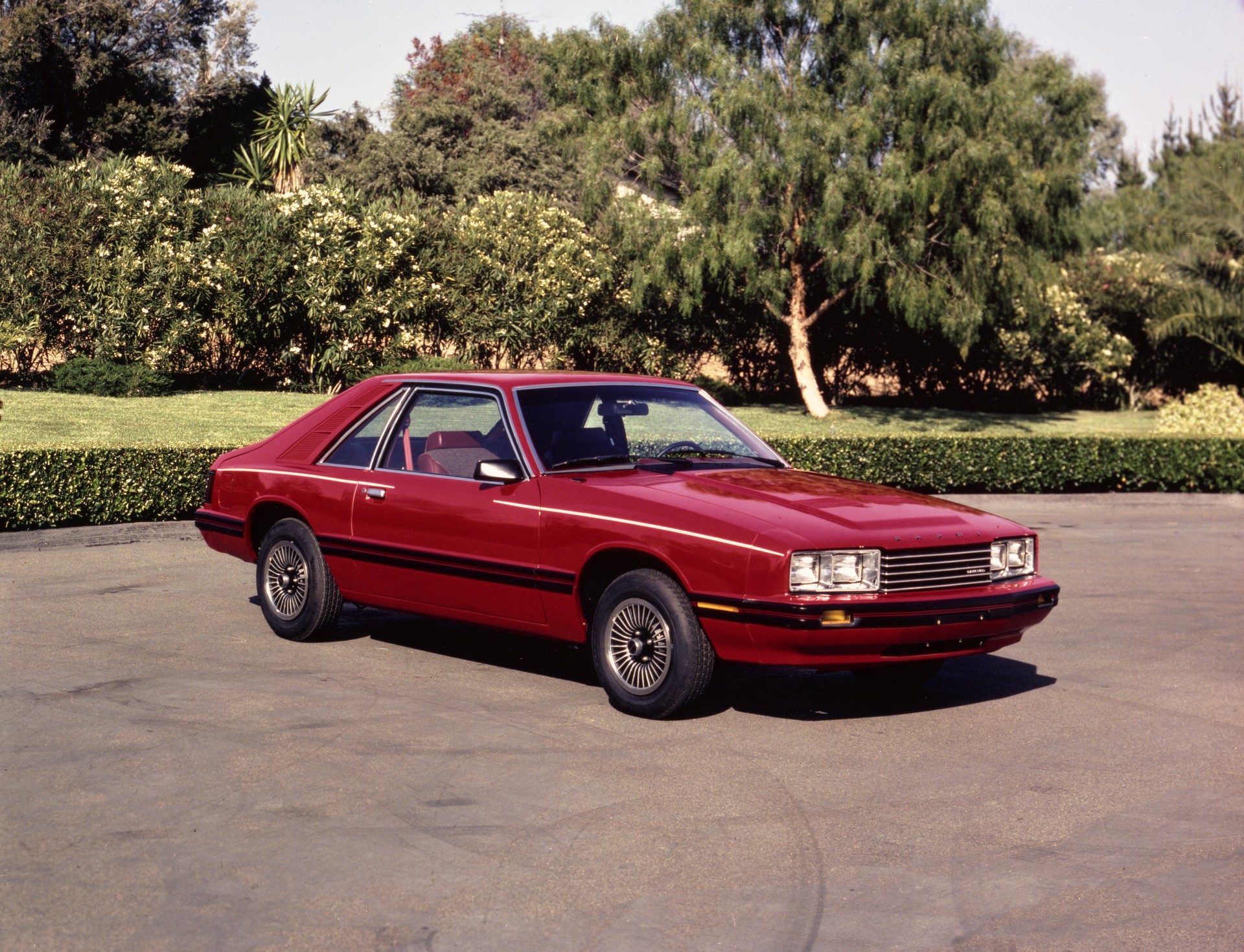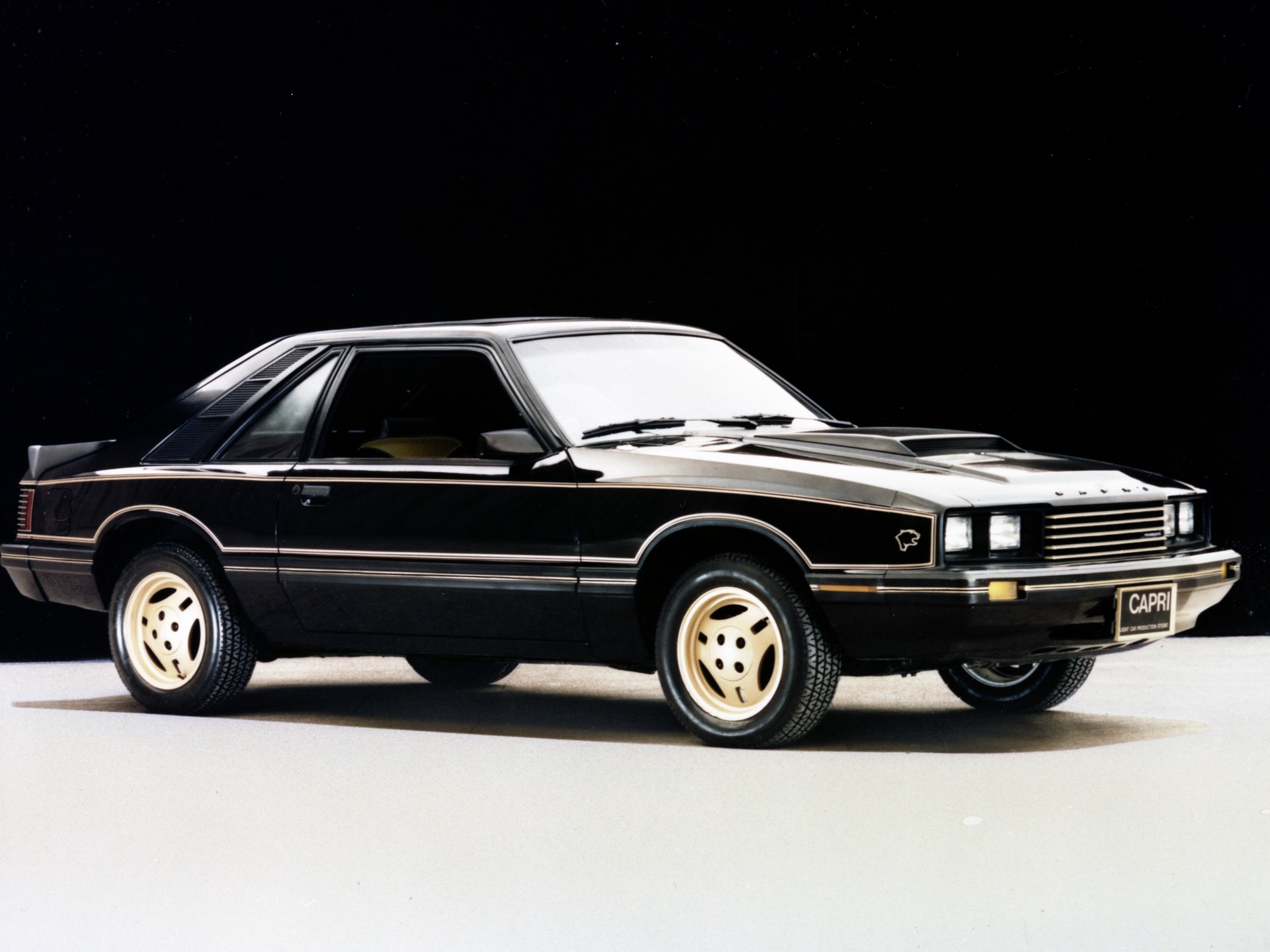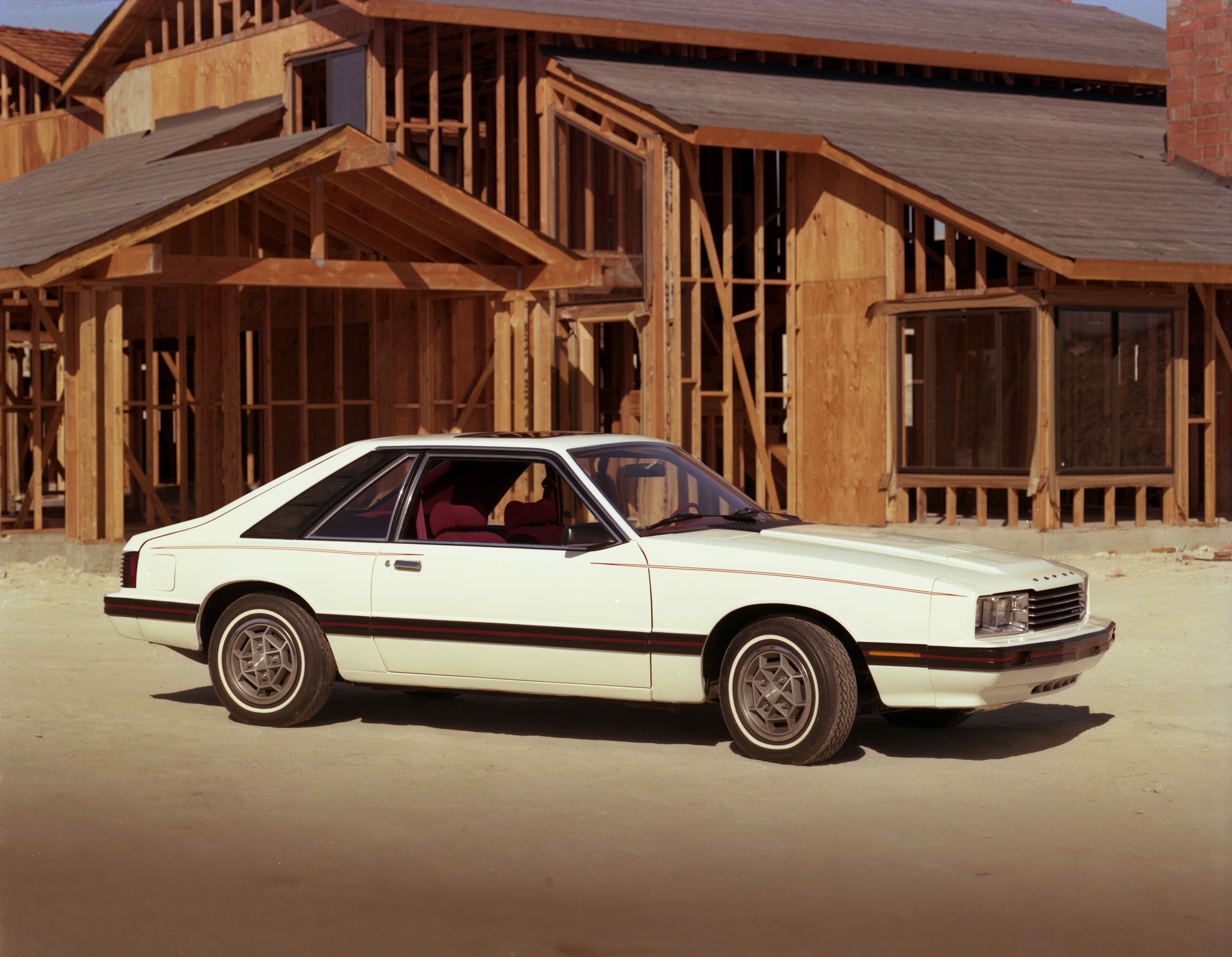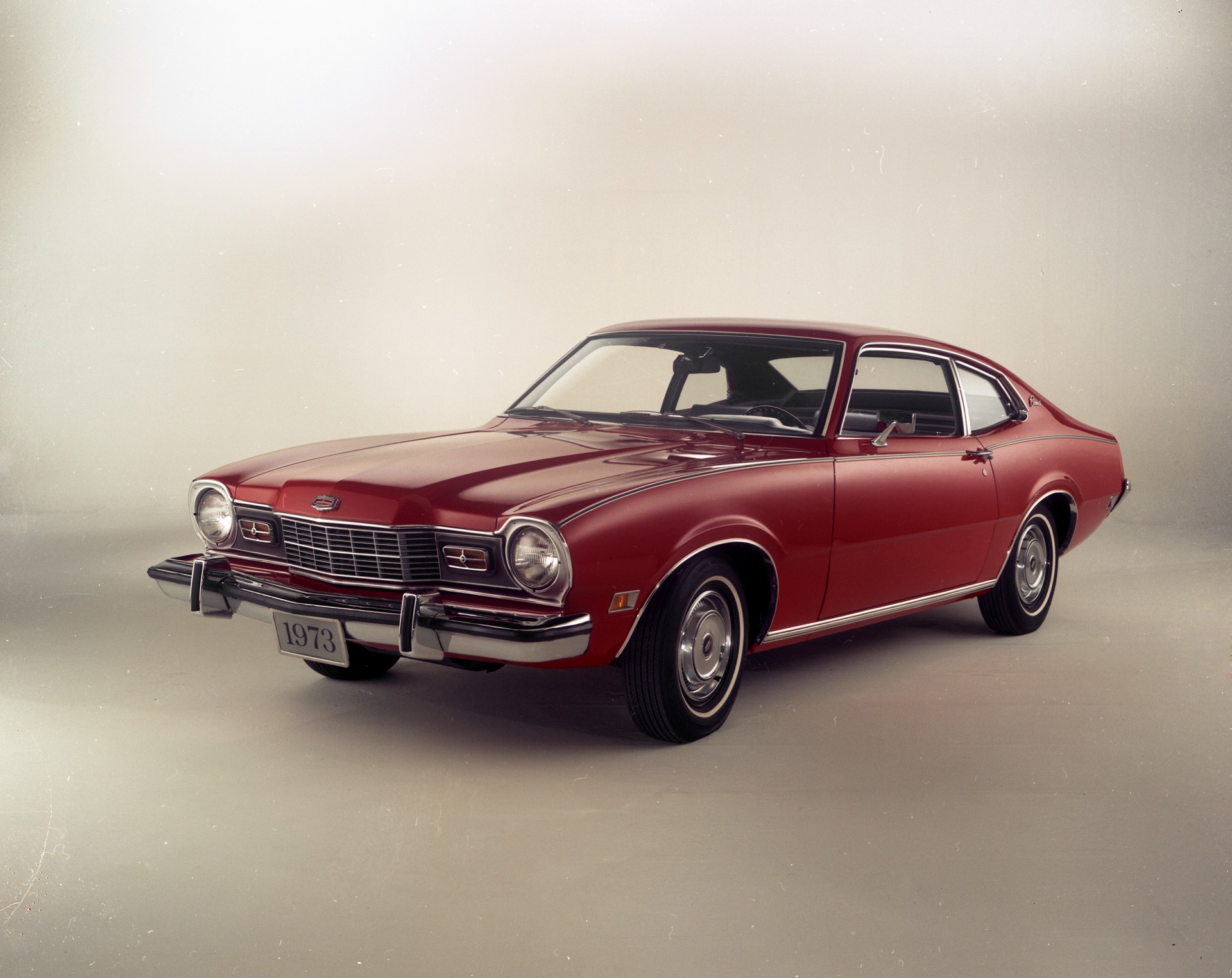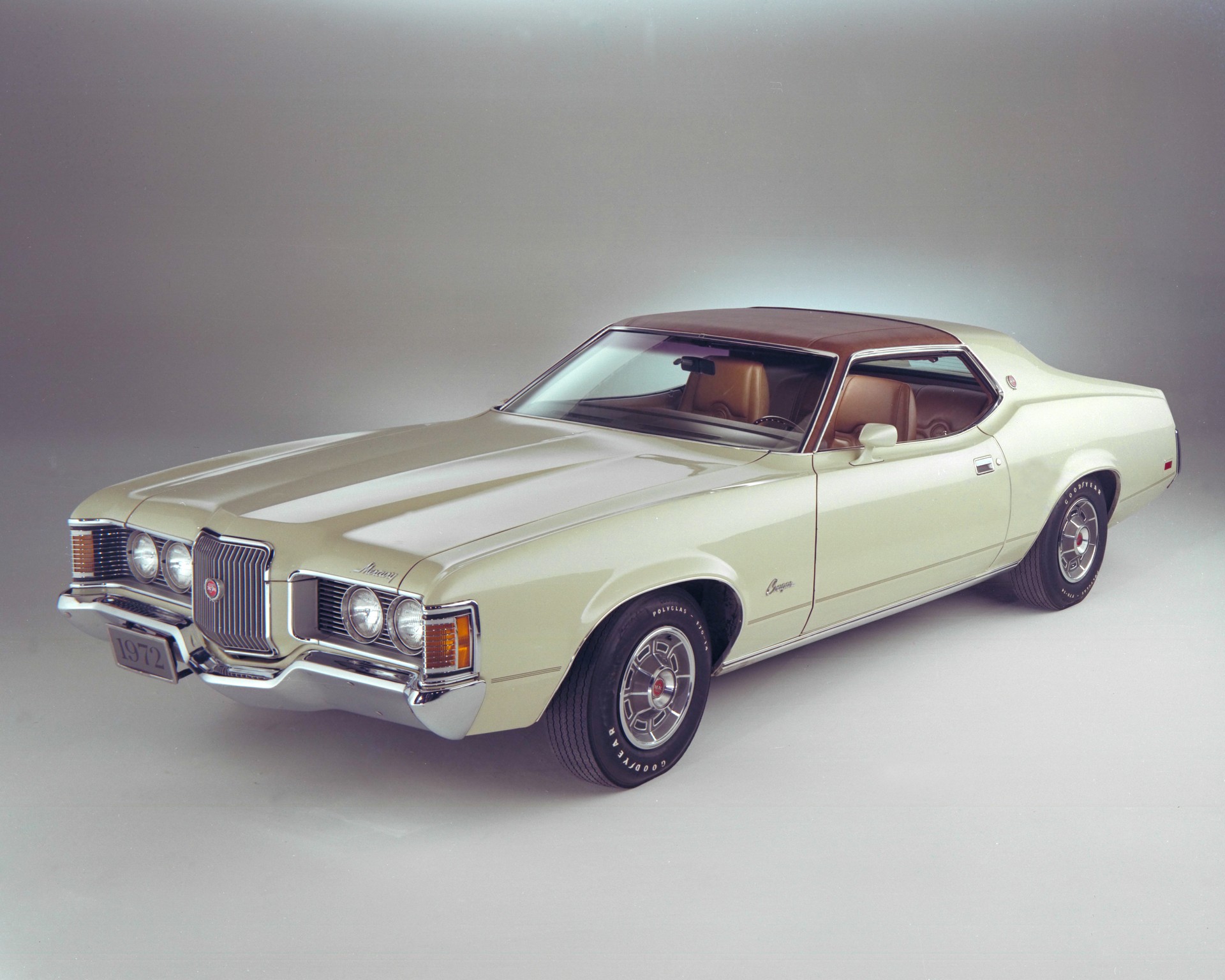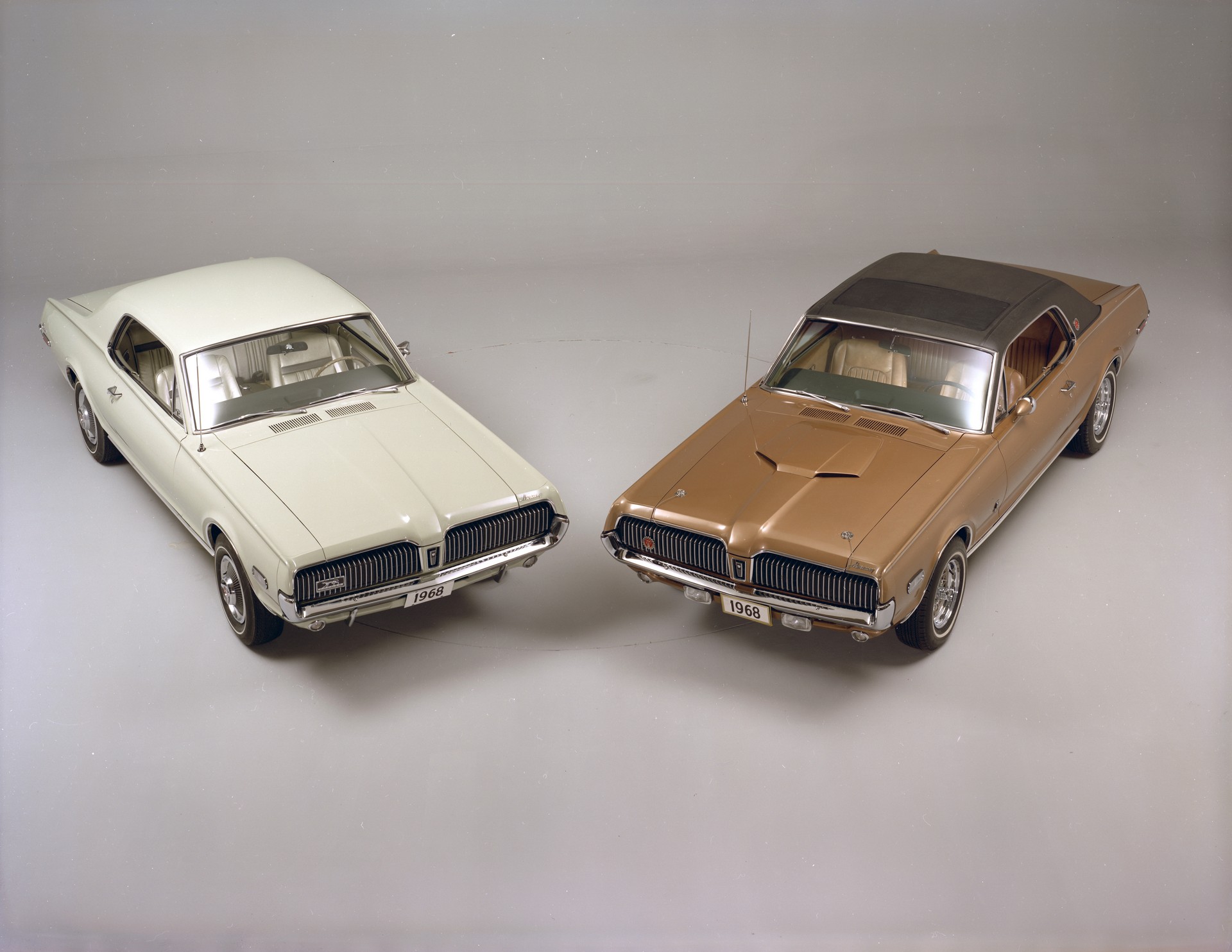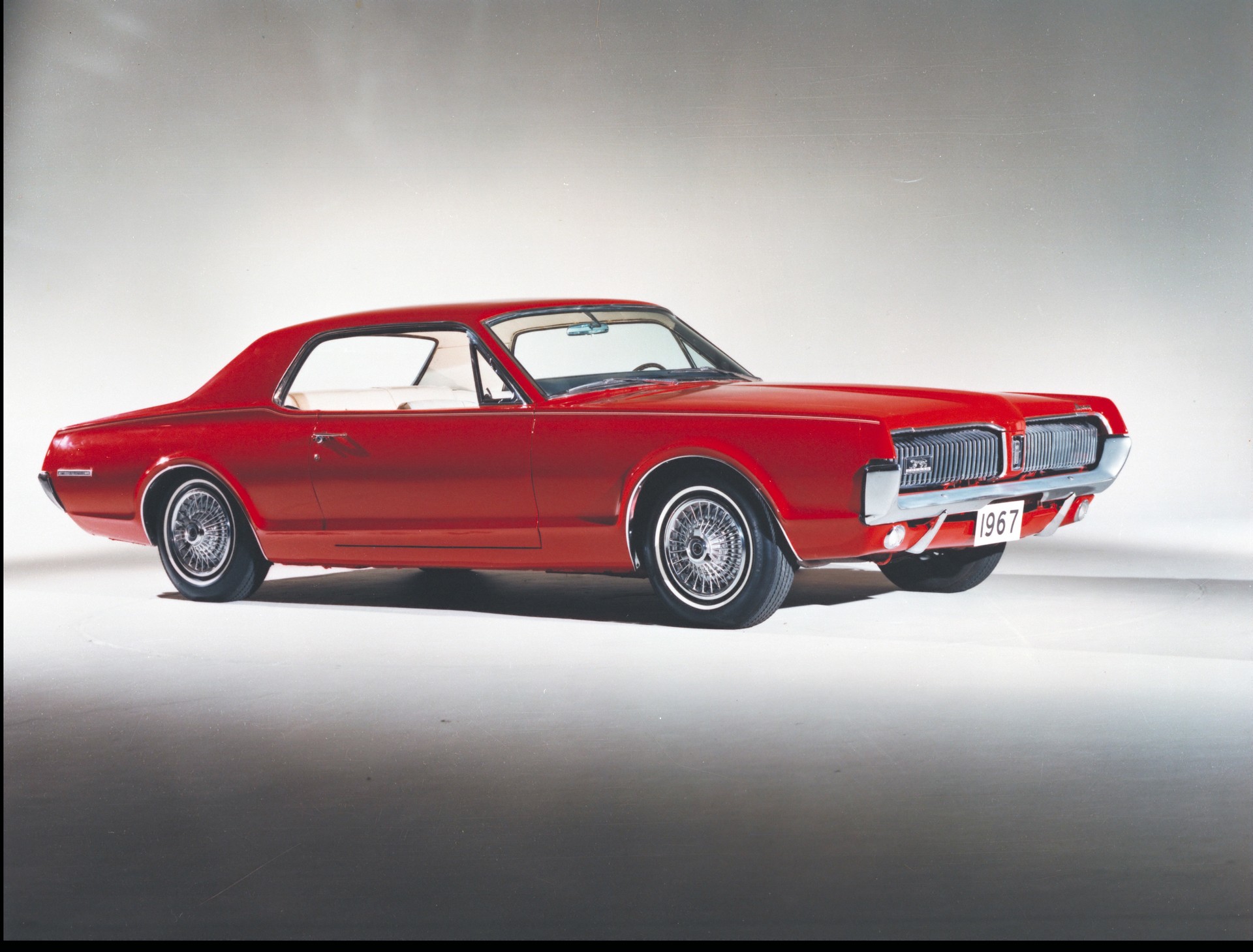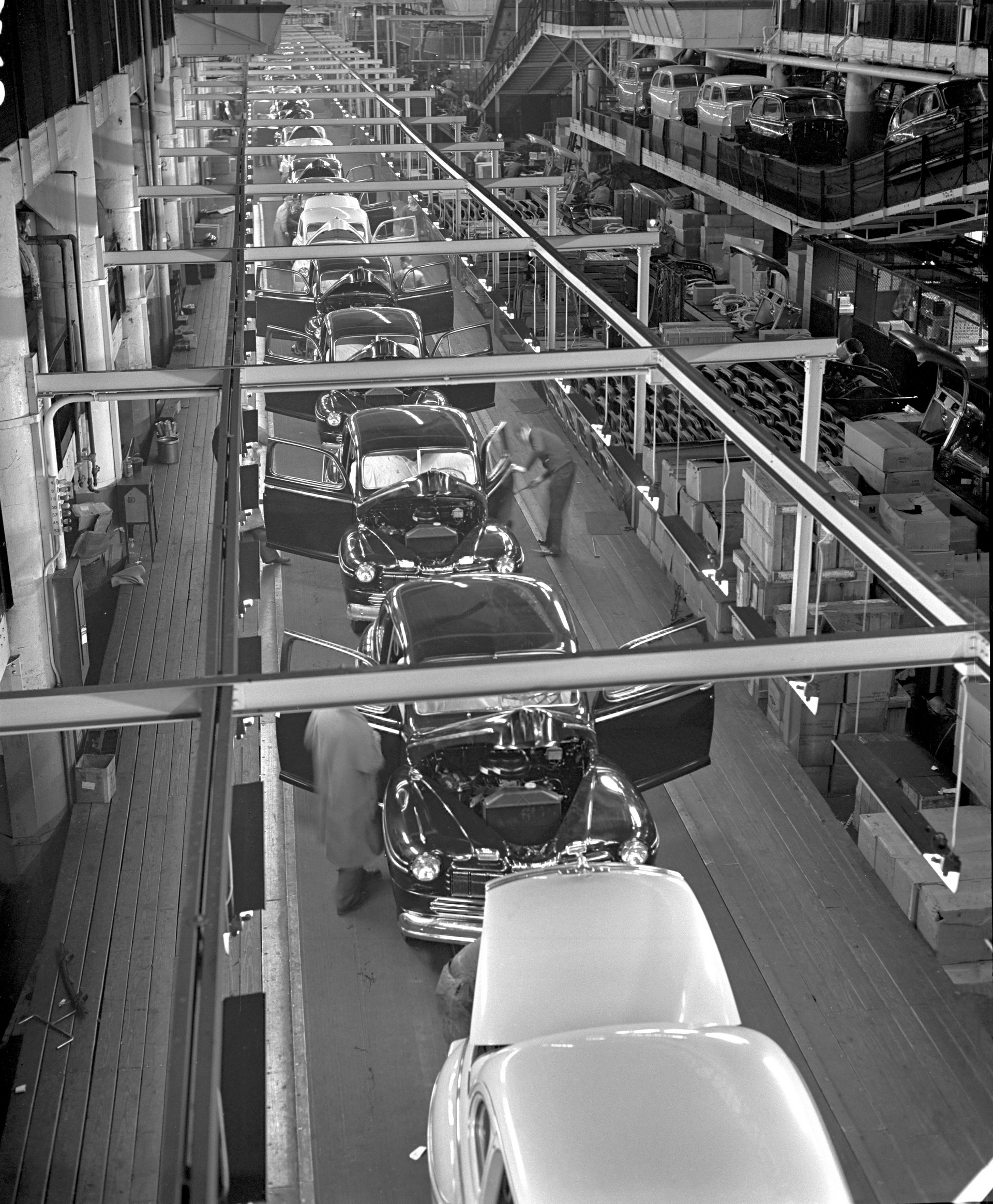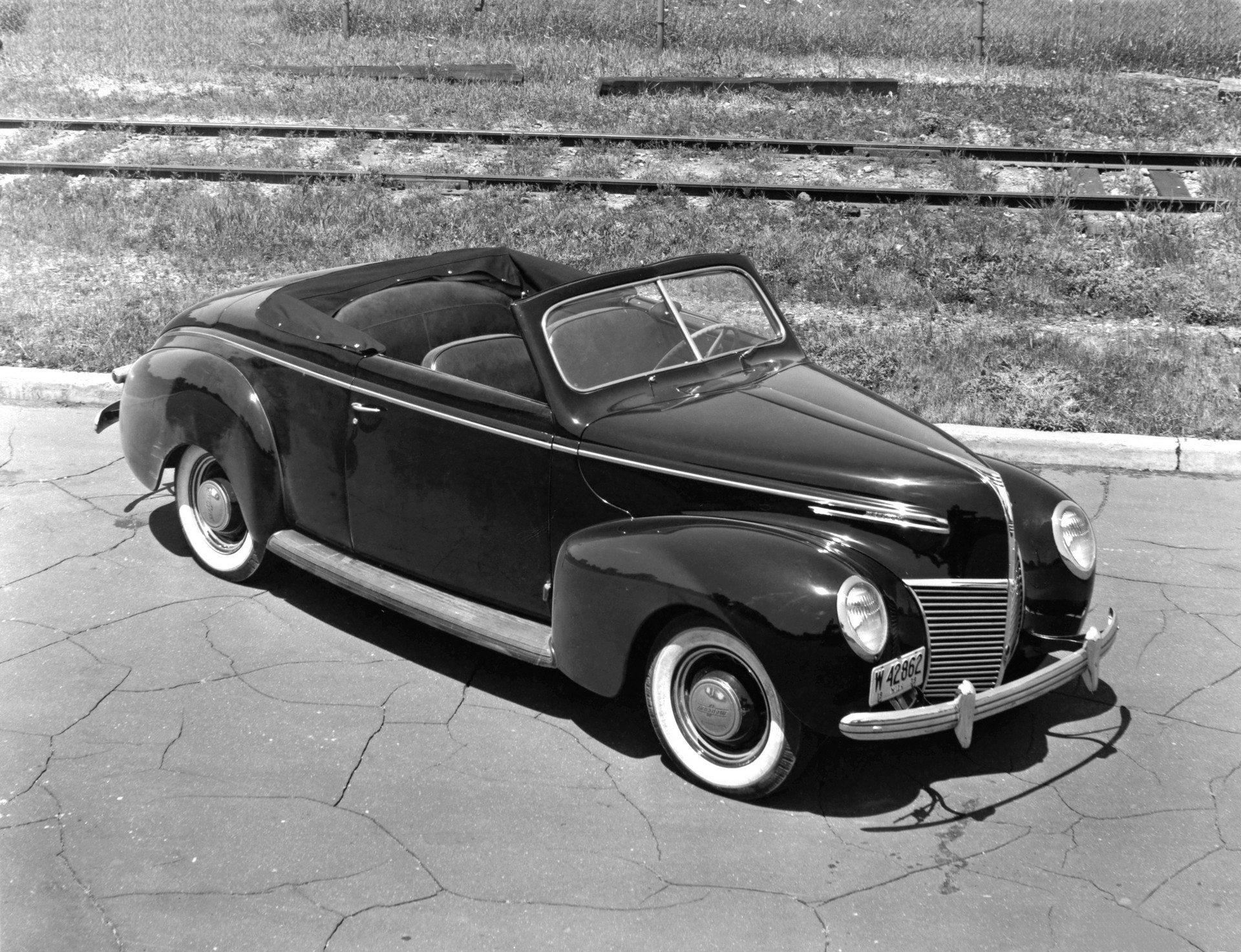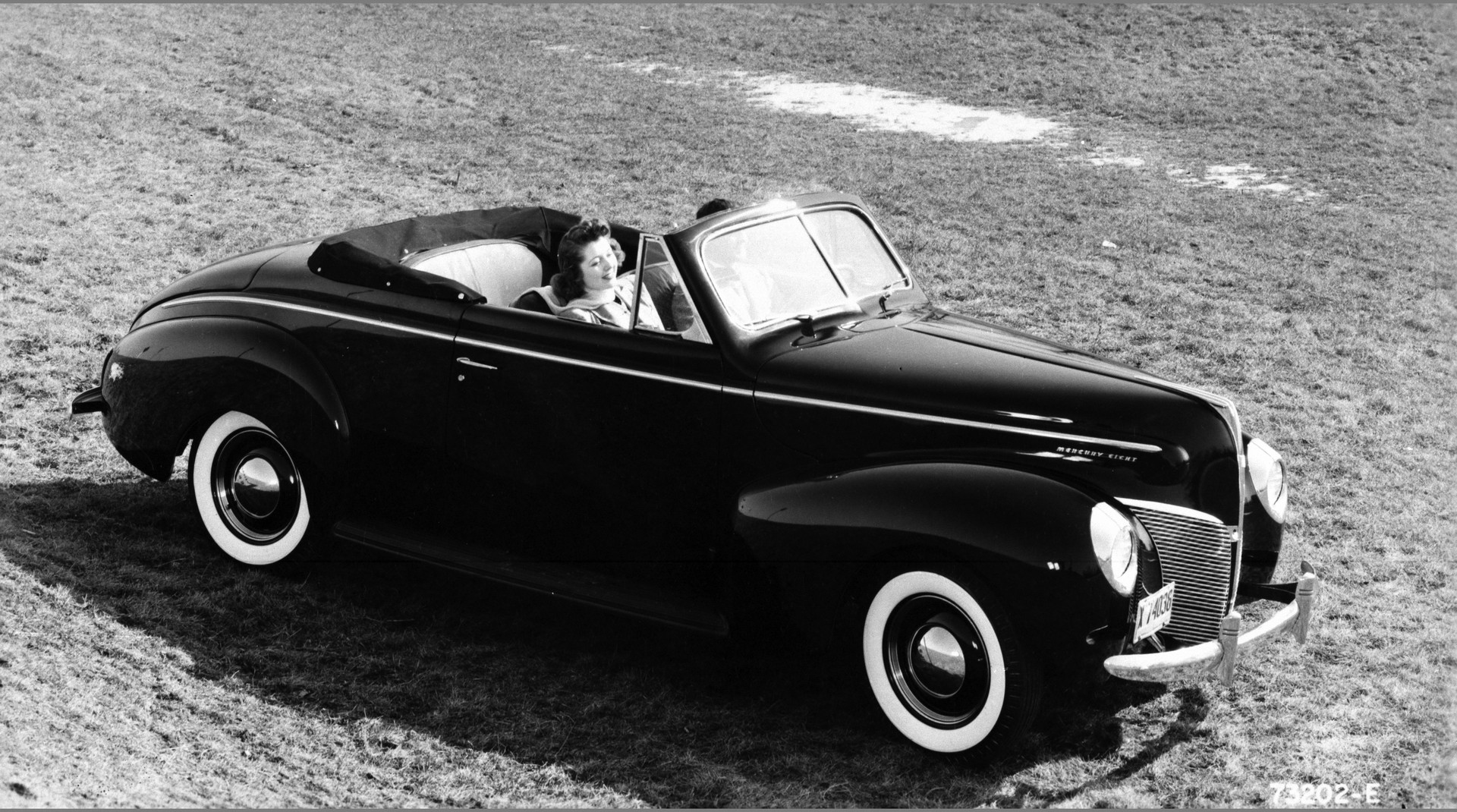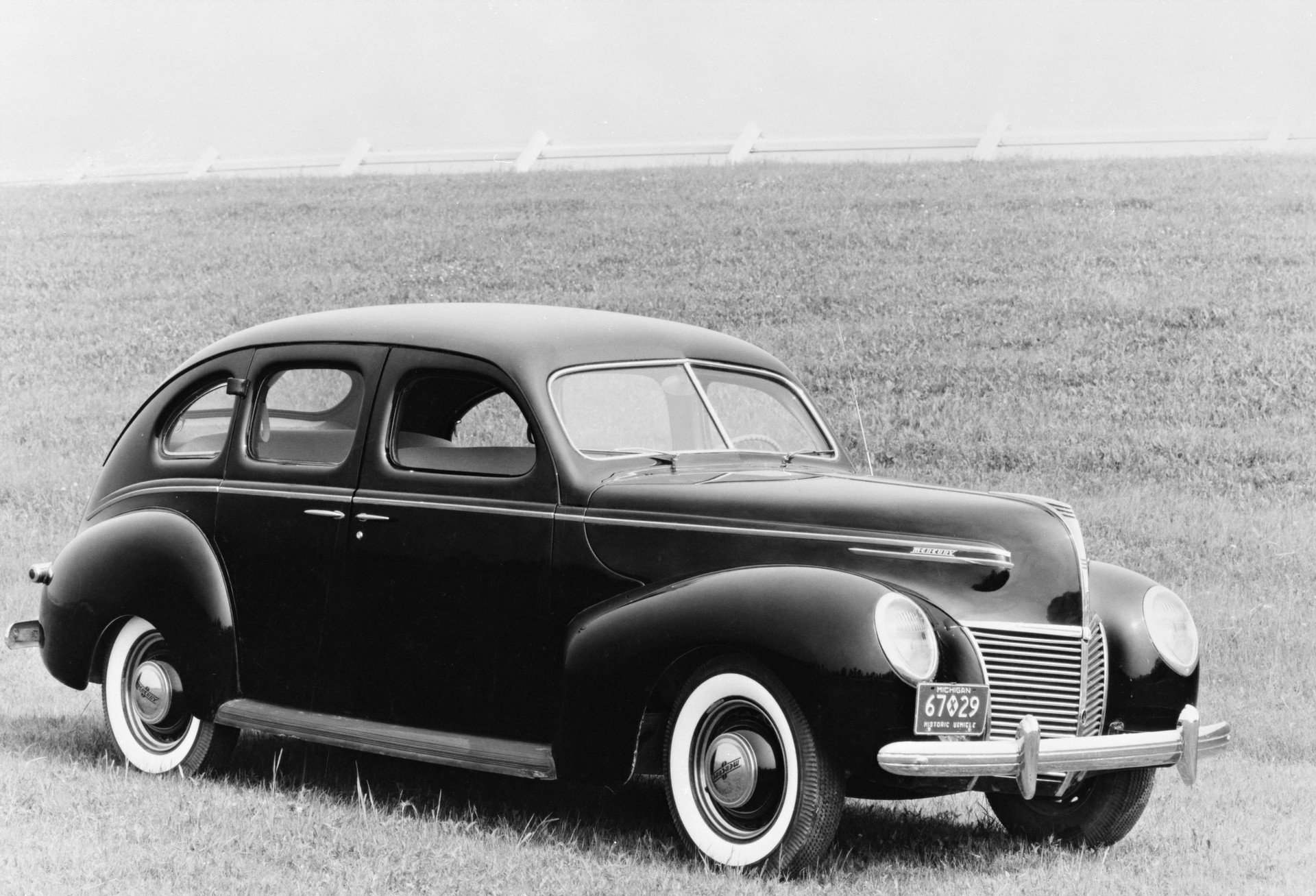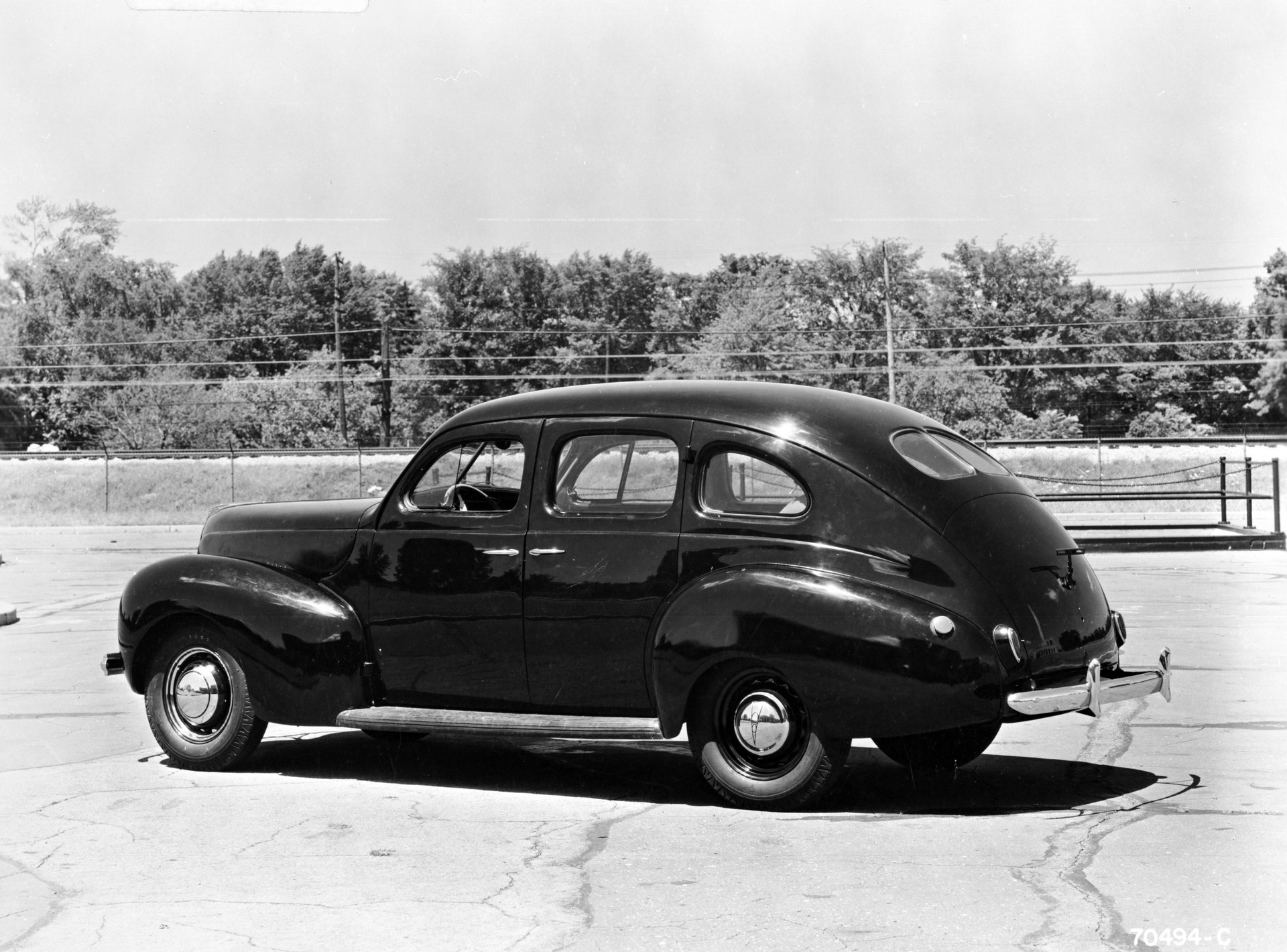Today marks the 10th anniversary of Ford’s announcement to phase out Mercury.
With that in mind, let’s take a short trip down memory lane and check out some of Mercury’s greatest hits and occasional misses.
The Mercury Eight
The story starts in 1938 when Edsel Ford and Jack Davis decided to launch a new brand that would slot between Ford and Lincoln. In effect, it would give the company a competitor to Buick, Oldsmobile and DeSoto.
The first Mercury was launched in 1939 and called the Eight after its V8 engine which produced 95 hp (71 kW / 96 PS). Starting at $916, or approximately $16,540 in today’s money, the Mercury Eight had an extensive lineup that included two- and four-door sedans, a “sports convertible and a town sedan.” The model was instant hit and more than 65,000 units were built in the first year.
The ’49 Mercury
They say timing is everything and Ford’s couldn’t have been worse as Mercury was launched right before World War Two. As a result, production ceased shortly after it began.
Production would resume after the war and in 1949, the brand introduced an all-new Eight which was far sleeker and modern than its pre-war predecessor.
The bold new styling was a hit and the model would eventually become popular with customizers and hot rodders. The car would also go on to be immortalized in Alan Jackson’s Mercury Blues.
The Cougar
Following the success of the Ford Mustang, Mercury got its own version of the pony car for the 1967 model year. Positioned as a semi-luxurious coupe, the Cougar had an extend wheelbase and a unique front fascia with hidden headlights. Despite the focus on comfort, the model offered plenty of performance as it could be equipped with a 6.4-liter V8 with 335 hp (250 kW / 340 PS). Later, there was a massive 7.0-liter V8 pumping out 390 hp (291 kW / 395 PS).
Unfortunately, time wasn’t always kind to the Cougar as the lineup would grow to include generic looking sedan and wagons. However, the model would return to its coupe roots and the final generation was notable as it was one of the few Mercury products that didn’t have a domestic Ford counterpart.
The Capri
While the Cougar was the original Mustang-based Mercury, it wasn’t the only one as the second-generation Capri followed the same formula and was based on the Fox body Mustang.
Styling changes were relatively minor and the model was offered with everything from a 2.3-liter four-cylinder to a 5.0-liter V8. Of course, it always played second fiddle to the Mustang.
The Marauder
The final years of Mercury weren’t very exciting, but the brand managed to get people to take notice once again with the Marauder.
Introduced well before the Chrysler 300 SRT-8, the Marauder was a hotter version of the Grand Marquis. While the latter was a favorite of senior citizens, the Marauder stood out thanks to sinister styling and a powerful V8 engine.
Displacing 4.6-liters, the engine produced 302 hp (225 kW / 306 PS) and 318 lb-ft (431 Nm) of torque, which meant the Marauder was more powerful than the Mustang GT. While it wasn’t exactly a pony car, the model had rear-wheel drive as well as an upgraded suspension, beefier brakes and 18-inch wheels wrapped in performance tires.
Despite packing a pretty decent punch, the Marauder was pretty slow as the dash to 60 mph (96 km/h) to 7.5 seconds. The model, while interesting, also failed to live up to sales expectations and production stopped after a short two year run.
End Of The Road
Mercury’s journey would come to end several years after the death of the Marauder. In the face of declining sales and waning consumer interest, Ford announced the brand would be phased out in 2010.
At the time, Ford said Mercury had a market share of 0.8% in the United States and that number had “been flat or declining for the past several years.” The company also noted the “majority of current Mercury sales are to fleet buyers and customers purchasing through employee, retiree and friends and family discounts.”
Instead of continuing to invest in a ‘dying’ brand, Ford decided to turn its focus to Lincoln. As part of this effort, the company had an “aggressive growth plan focused on standout product design, class-leading technology and new powertrains – all aimed at competing with Cadillac and Lexus in North America.”
Given this, Mercury meet the same fate that as its once rival Oldsmobile. The final vehicle, a Grand Marquis, rolled off the assembly line on January 4th, 2011 and it marked the end of a once great marque.





